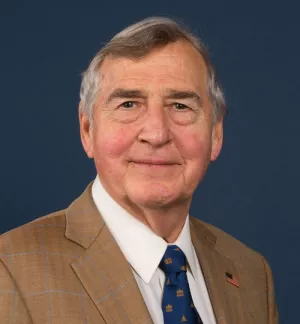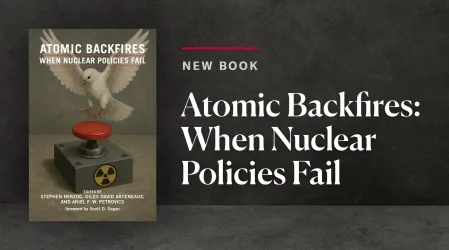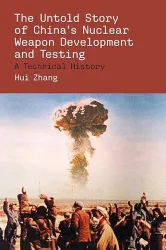Twenty years ago Russia and fourteen other newly-independent states emerged from the ruins of the Soviet empire, many as nations for the first time in history. As is typical in the aftermath of the collapse of an empire, this was followed by a period of chaos, confusion, and corruption. As the saying went at the time, “everything is for sale.” At that same moment, as the Soviet state imploded, 35,000 nuclear weapons remained at thousands of sites across a vast Eurasian landmass that stretched across eleven time zones.
Today, fourteen of the fifteen successor states to the Soviet Union are nuclear weapons-free. When the U.S.S.R. disappeared, 3,200 strategic nuclear warheads remained in Ukraine, Kazakhstan, and Belarus, most of them atop intercontinental ballistic missiles (ICBMs) that stood on alert, ready to be fired at targets in the U.S. Today, every one of the nuclear weapons in Ukraine, Kazakhstan, and Belarus has been deactivated and returned to Russia, where they were dismantled and the nuclear material in the warheads blended down to produce fuel for civilian reactors.
Strategic nuclear weapons are nuclear warheads aimed at an adversary’s nuclear weapons, cities and military infrastructure. Typically, they are large in yield and heavy. Of greater interest to terrorists, however, were the former U.S.S.R’s 22,000 tactical nuclear weapons with smaller yields and shorter ranges. These were designed primarily for battlefield use, with some small enough to fit into a duffel bag. Today, all of these have also been returned to Russia, leaving zero nuclear weapons in any other state of the former Soviet Union.
This paper will address the question: how did this happen? Looking ahead, it will consider what clues we can extract from the success in denuclearizing fourteen post-Soviet states that can inform our non-proliferation and nuclear security efforts in the future. These clues may inform leaders of the U.S., Russia, and other responsible nations attending the Seoul Nuclear Security Summit on March 26-27, 2012. The paper will conclude with specific recommendations, some exceedingly ambitious that world leaders could follow to build on the Seoul summit’s achievements against nuclear terrorism in the period before the next summit in 2014. One of these would be to establish a Global Alliance Against Nuclear Terrorism.
Allison, Graham. “What Happened to the Soviet Superpower’s Nuclear Arsenal? Clues for the Nuclear Security Summit.” Belfer Center for Science and International Affairs, Harvard Kennedy School, March 2012





